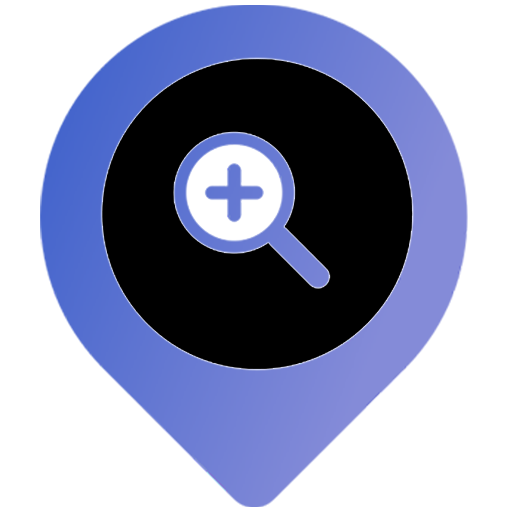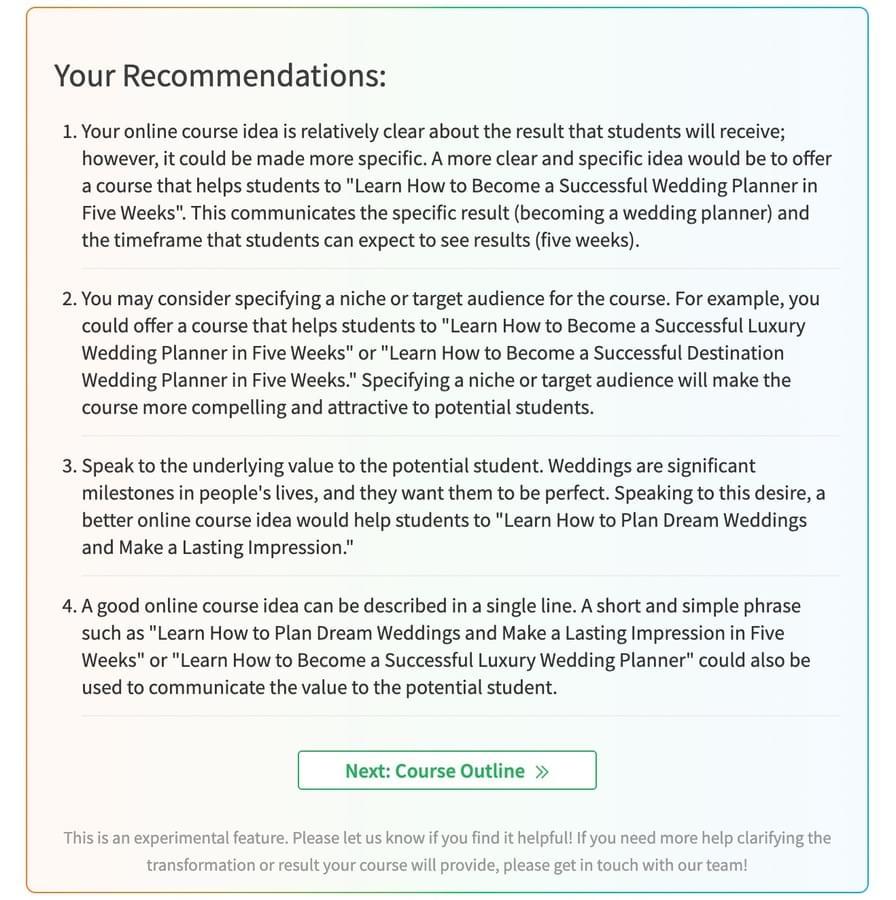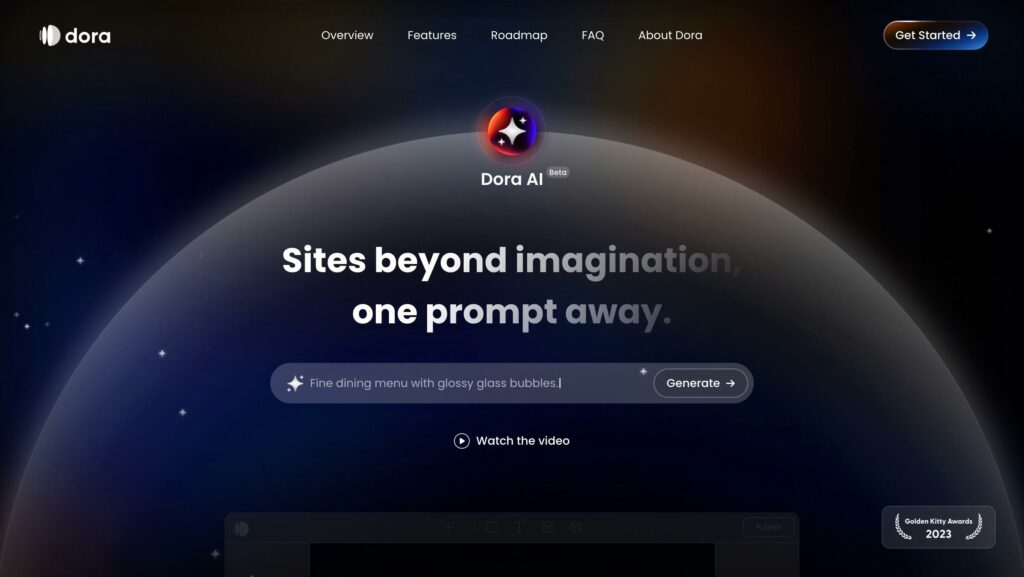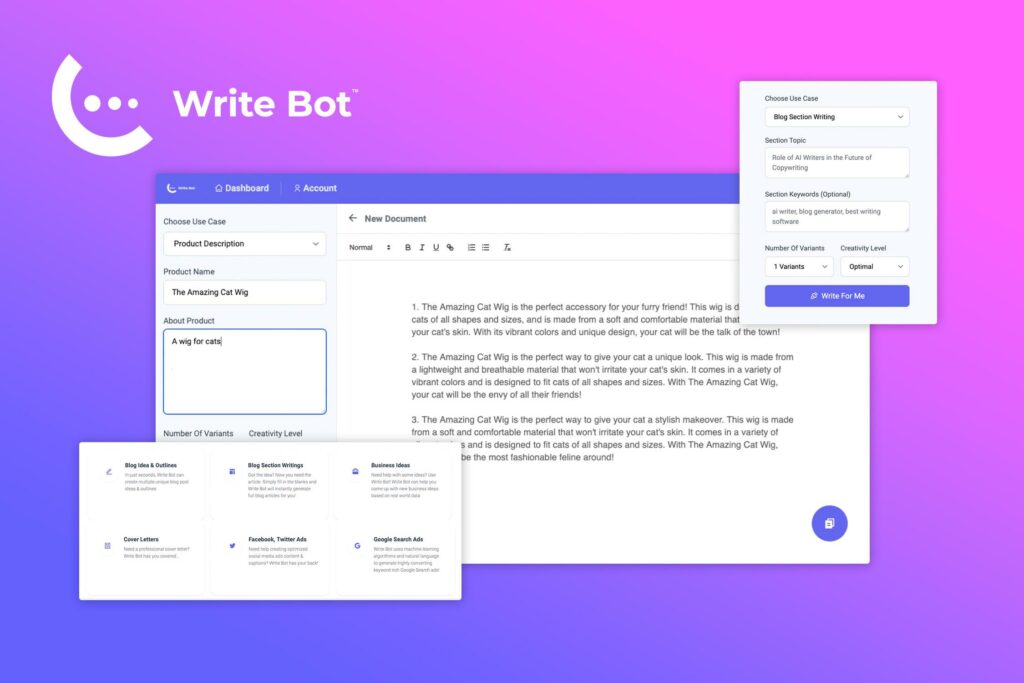In today’s fast-paced digital world, creating an engaging and well-structured online course can be both a rewarding and daunting endeavor. Fortunately, the rise of artificial intelligence offers innovative tools to simplify this process, helping educators and creators design comprehensive course outlines with greater ease and precision. This article explores how AI can be harnessed to craft effective online course outlines, transforming the initial planning phase from a blank page into a clear roadmap for learning success. Whether you’re a seasoned instructor or a first-time course creator, understanding how to leverage AI can unlock new potentials in educational design and content delivery.
Table of Contents
- Harnessing AI for Structured Course Planning
- Tailoring Content with AI-Powered Insights
- Optimizing Course Flow Through Intelligent Automation
- Q&A
- In Summary
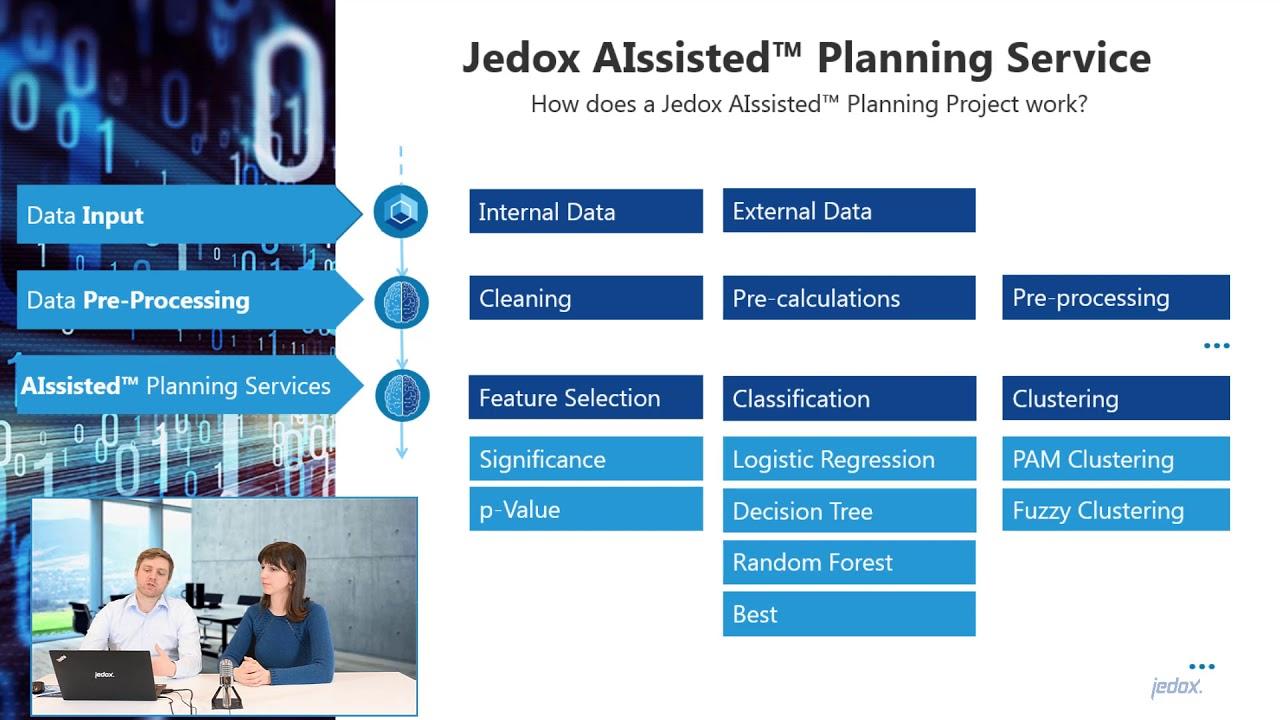
Harnessing AI for Structured Course Planning
Leveraging AI transforms the daunting task of course planning into an intuitive, dynamic process. Advanced algorithms analyze your subject matter and audience needs, generating cohesive module breakdowns and suggesting the most effective learning paths. Key advantages include:
- Automated topic clustering that groups related concepts logically
- Customizable pacing guides to match diverse learner styles
- Insightful content gap detection, ensuring comprehensive coverage
- Real-time adjustments based on learner feedback patterns
| Feature | Benefit |
|---|---|
| Content Summarization | Condenses complex material into digestible segments |
| Interactive Outline Generation | Creates editable, user-friendly course templates |
| Learning Outcome Prediction | Aligns objectives with measurable student progress |
By integrating these AI-powered tools, educators can streamline course creation, focusing more on enriching the learner experience rather than on administrative details.

Tailoring Content with AI-Powered Insights
Harnessing AI to customize your course content allows you to dive deeper into learner preferences and optimize engagement effortlessly. By analyzing data patterns, AI can suggest which topics resonate most with your audience, enabling you to prioritize key concepts and fill gaps intelligently. You can create dynamic outlines that adapt over time with features such as:
- Sentiment analysis to adjust content tone based on learner feedback
- Trend identification to incorporate the latest industry insights
- Skill mapping to align lessons with real-world competencies
| AI Insight | Benefit |
|---|---|
| Content engagement score | Focus on high-impact topics |
| Learning pathway optimization | Create personalized course flows |
| Drop-off analysis | Identify and improve weak sections |
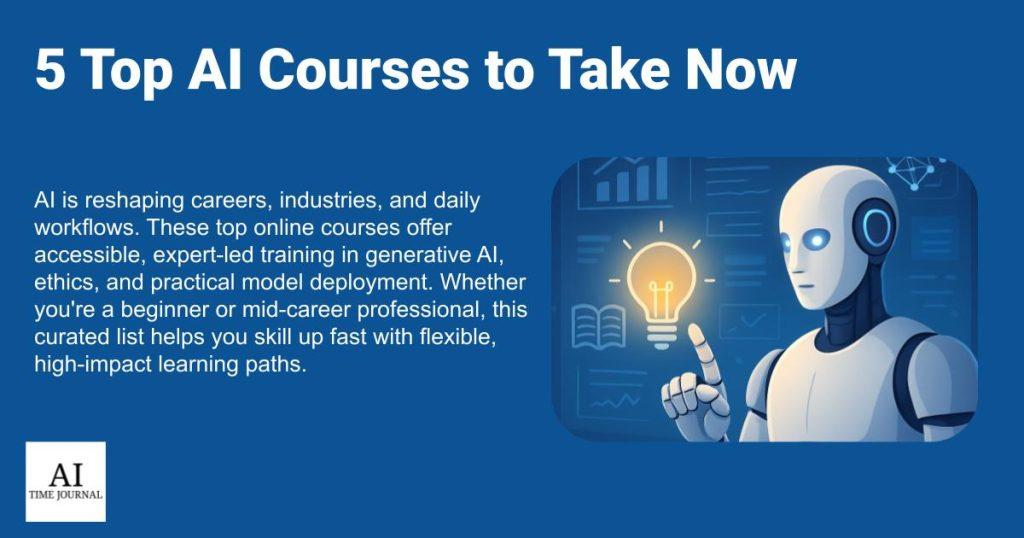
Optimizing Course Flow Through Intelligent Automation
Leveraging intelligent automation transforms the way you structure your course, creating a seamless and engaging learning journey. By integrating AI tools, you can analyze learners’ progression patterns and adjust the sequence of modules dynamically, ensuring content is delivered just when it’s most relevant. Consider automating tasks such as:
- Adaptive Module Sequencing: Reordering lessons based on student performance and interaction data.
- Content Pruning: Automatically suggesting the removal of redundant or less effective materials.
- Time Optimization: Balancing lesson lengths by assessing completion times across user groups.
This approach not only refines the educational experience but also reduces course development time, allowing educators to focus on enriching content rather than manual adjustments.
| Automation Feature | Benefit | Example Use |
|---|---|---|
| AI-Powered Analytics | Data-driven insights | Identifying challenging topics |
| Smart Content Suggestions | Enhanced relevance | Adding supplementary materials |
| Automated Feedback Loops | Continuous improvement | Refining quizzes based on responses |
Q&A
Q: What are the benefits of using AI to create an online course outline?
A: AI can analyze vast amounts of information quickly, helping you organize content logically and identify key topics. It streamlines the outlining process, saves time, and ensures your course structure is comprehensive and engaging.
Q: How do I start using AI to build my course outline?
A: Begin by clearly defining your course goals and target audience. Then, input this information into an AI tool designed for content creation or educational planning. The AI will generate a draft outline based on your parameters, which you can customize to fit your teaching style.
Q: Which AI tools are best suited for creating course outlines?
A: Tools like ChatGPT, Jasper, and ContentBot excel at generating structured content. Some platforms even offer AI specifically tailored for educators, integrating curriculum standards and interactive elements into the outline.
Q: Can AI help with breaking down complex subjects into manageable modules?
A: Yes! AI can analyze complex topics and suggest logical subdivisions, ensuring each module covers a focused set of concepts. This helps learners absorb material step-by-step without feeling overwhelmed.
Q: How do I ensure the AI-generated outline aligns with my teaching approach?
A: Review and edit the AI-produced outline carefully. Incorporate your unique expertise, voice, and pedagogical preferences by adjusting module order, adding examples, or emphasizing specific learning outcomes.
Q: Is it possible for AI to suggest engaging activities or assessments within the outline?
A: Absolutely. Advanced AI tools can recommend quizzes, projects, or discussion prompts tailored to each module, enhancing learner interaction and retention.
Q: What are some pitfalls to watch out for when using AI in course design?
A: AI may occasionally produce generic or off-topic sections. It lacks emotional insight and nuanced understanding of your audience’s needs, so human judgment is crucial to refine content and maintain relevance.
Q: How can AI assist with updating my course outline over time?
A: As new information emerges or learner feedback accumulates, AI tools can quickly generate updated outlines reflecting current trends and improved teaching strategies, making your course dynamic and up-to-date.
Q: In terms of creativity, can AI spark new ideas for course topics and themes?
A: Definitely. AI can analyze niche trends and learner interests, inspiring innovative course concepts and unique angles you might not have considered independently.
Q: What’s the best way to blend AI-generated content with my personal expertise?
A: Use AI as a brainstorming partner or first draft creator, then infuse the outline with your insights, anecdotes, and instructional techniques to create a rich, authentic learning experience.
In Summary
In the ever-evolving landscape of education, harnessing AI to craft your online course outline isn’t just a trend-it’s a transformative tool that brings clarity and structure to your creative process. By blending your expertise with the precision and efficiency of AI, you open doors to more engaging, well-organized courses that resonate with learners. As you embark on this journey, remember that technology is your collaborative ally, guiding your vision from concept to completion with ease and innovation. So, take the leap, embrace the possibilities, and let AI help you build the roadmap to your next great learning adventure.
